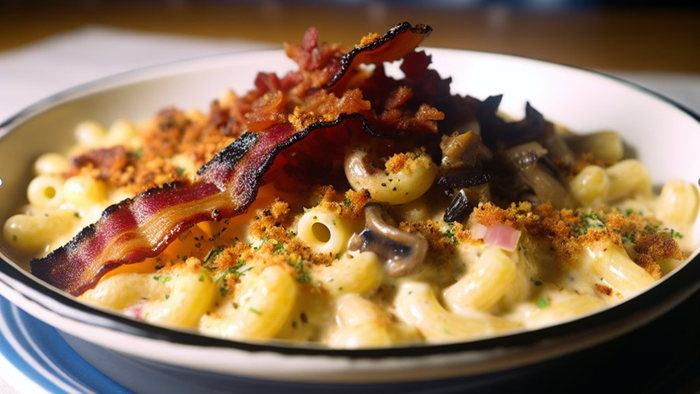Proper Naming Conventions for Event Management SoftwareProper Naming Conventions for Event Management Software
July 4, 2018

Catering is a living, breathing system of communication, planning, and logistics. Everyone—from server to sales associate to operations manager—is responsible for these functions, in addition to their own responsibilities. Every department from culinary to administrative has its own unique lingo and modes of communication people use to convey important information to each other.
Every department develops its own vocabulary as it relates to its business. Let’s take for example, a menu item. It’s the sales team’s job to make a dish sound appealing to a client. They’re interested in the menu item’s composition and aesthetic value, so they speak in descriptive words that would attract a client. The kitchen does not describe a menu item using sales language. They see it as a list of ingredients or prep items. They talk in terms of size and production.
“Advanced catering event management systems recognize the need for different terminology across departments. These systems allow users to use two or more names or multiple descriptions for a single item.”
Catering lingo into data
It’s very important to understand that there may more than one way to describe an item or service being sold by your company before choosing an event management software program. Software doesn’t always understand the various catering departments’ language breakdowns. Inputting data into a single source oftentimes requires uniformity.
The language of your system should reflect the language of your organization. Advanced catering event management systems recognize the need for different terminology across departments. These systems allow users to use two or more names or multiple descriptions for a single item. Prompts generally fall into two categories:
1. Kitchen name
2. Sales name or description
The purpose of having these two unique values and allowing them to take on their own functionality within a system is make the information more easily understood by users.

Determining what kitchen names to use
Here are some things to keep in mind when developing kitchen names for a system management program:
• It should be a common name used by internal departments
• Use a defined or limited number of characters
• Be clear about function, portion size, cooking method or basic flavor profile
• An index tool can easily organize and sort like items, such as proteins and desserts
Here’s a great example: Chicken Breast, 6 oz, Seared, Thai Marinated (Notice how it’s very clear and concise.)
Determining what sales names to use
Here are some things to keep in mind when determining sales names or descriptions for a system management program:
• It’s a text or narrative used to sell an image and create an attractive menu
• It can be easily integrated into custom fonts, style, and color
• The description can be edited and customized
• This content is used in proposals to clients
• It is a unique name or data value
Here are two ways sales describes the same chicken dish:
* Lemon Grass and Red Curry Marinated Pan Seared Chicken Breast with Kaffir Lime Leaf and Coconut Milk
* Seared Chicken Breast
red curry, lemon grass, Kaffir lime leaf and coconut
(Each of these descriptions sets a different tone or image of the same dish.)
Establish some ground rules
Before entering kitchen or sales names into a database, it’s important that everyone is in agreement. Here are some tips to consider before you get started:
• Create a set of naming rules for kitchen items
• Limit the number of users who can create item names
• Set a standard formatting style for sales descriptions that is consistent with your company brand
• Limit description editing without approval
• Edit for formatting, spelling and content
• Overbuild to create multiple variants of the same item if you want to deter the need to edit items on individual proposals
The names you choose and the structure you follow when populating your database need to be organized and well-planned. Your intent is to develop a naming system that allows each department to function at a high level—with clarity and ease.








